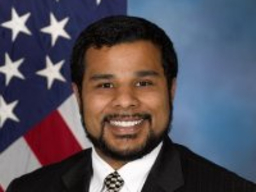Differential Equations Seminar
Justin Brooks, Army Research Laboratory
Location
Mathematics/Psychology : 401
Date & Time
May 8, 2017, 11:00 am – 12:00 pm
Description
Title: A Framework for Dynamical Systems Modeling of Continuous Internal Human State
First, we propose to construct a two state attractor landscape to model internal state using simulations. We extend existing equations that govern the interaction of the ANS and peripheral physiology with equations that represent the influence of the CNS and environment on these systems. We will examine the evolution of the entire model through phase space. In this model, the environment and CNS are represented heuristically as an excursion in the energy landscape which the ANS seeks to minimize. After determining the physiological boundaries for the parameters in the model, we examine variability in state stability and transitions.
Second, we propose to analyze fMRI and impedance cardiography data collected during a mental math task which has been shown to induce changes in arousal. With these data, we operationally define state as a correlation between blood-oxygen level dependent (BOLD) signal in specific brain regions and heart rate as continuous measure of state consistent with existing anatomical and functional observations. The time series of these correlations serve as a link between our mathematical model and empirical data. By minimizing the difference between the predicted and actual correlation time series we are then able to numerically estimate the models parameters.
In sum, this research provides a modular model system to quantify human states. The model is flexible, and is able to incorporate additional parameters and equations to further refine and more accurately assess human state that ultimately can be used to better understand, characterize, and ultimately predict human behavior for adaptive systems.
Tags:
